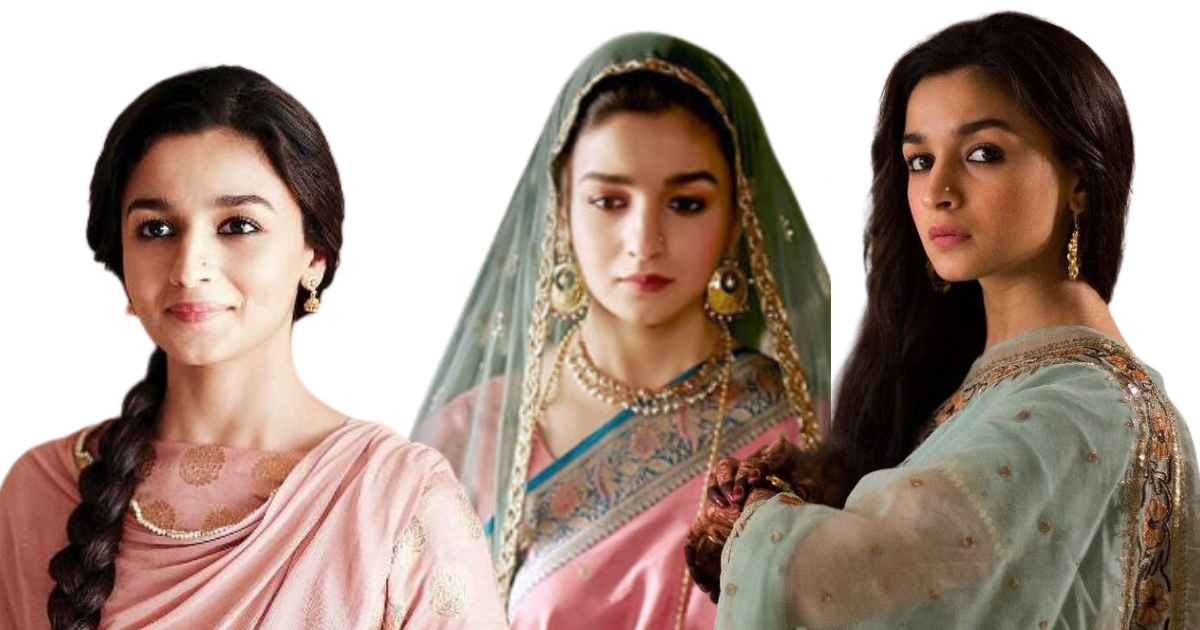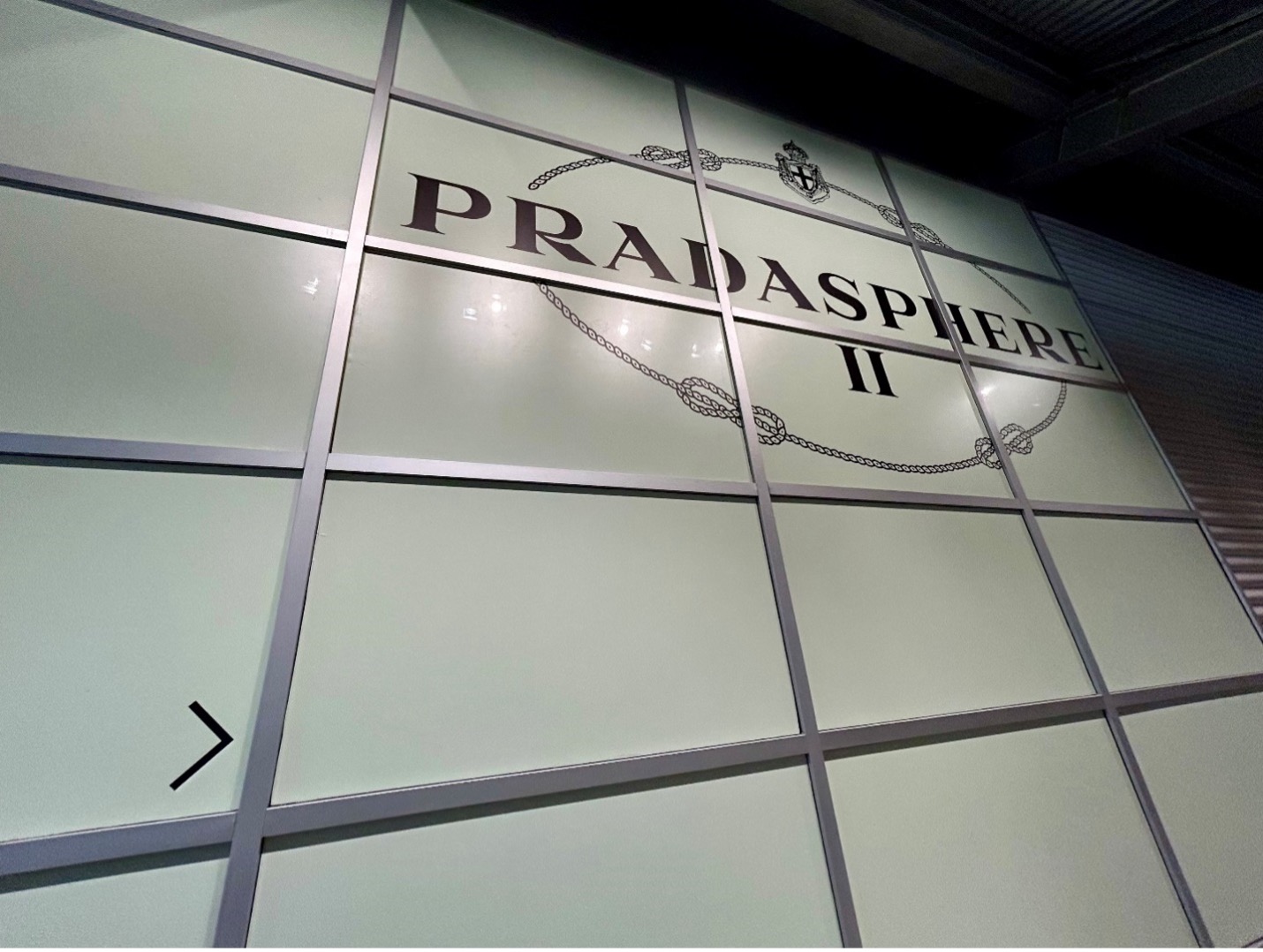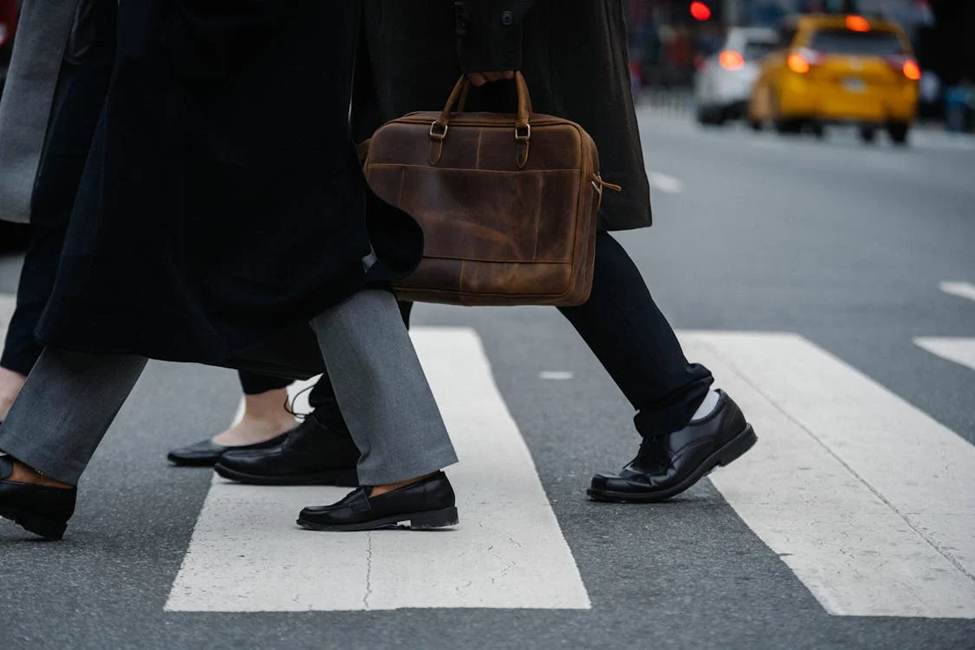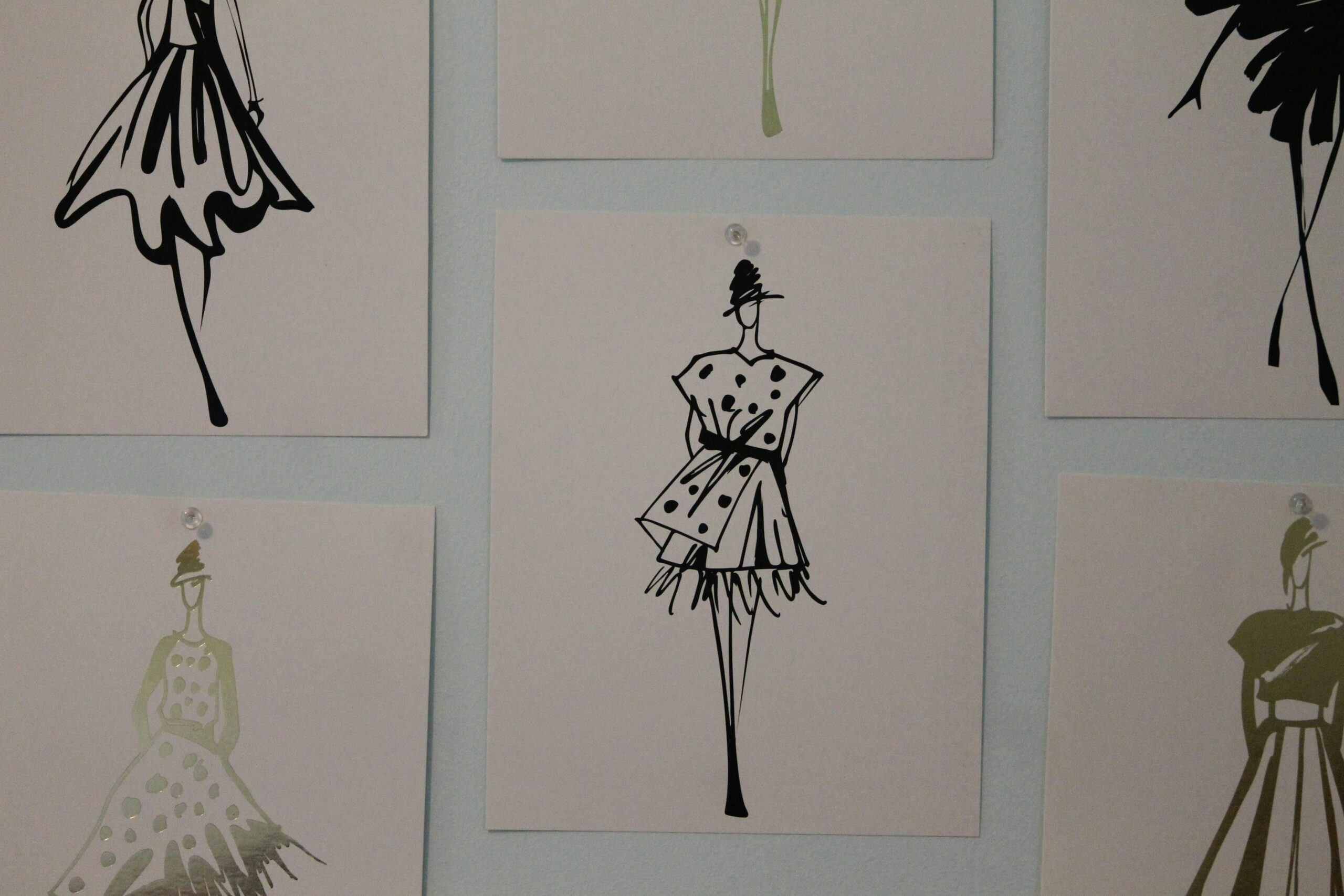Its been more than 5 years of but I cant get Raazi, directed by Meghna Gulzar and starring Alia Bhatt, out of my head for more reasons than how good the movie was.
It is a mesmerizing thriller that not only enthralled audiences with its intense story but also with its subtle use of fashion to reflect the character development and emotional arches. This movie is set against the 1971 Indo-Pakistan war, it tells the story of Sehmat Khan, a young Indian woman who marries a Pakistani military officer to serve as an undercover spy for India. This article is going to explore the intricate role of fashion psychology in Raazi, emphasizing how the film uses clothing to enhance storytelling and deepen audience engagement.
Character Development
The movie showcases a significant development in Sehmat’s character, and this evolution is subtly mirrored through her wardrobe choices.
- Innocence and Simplicity: During the starting scenes of the film, Sehmat, Alia Bhatt’s character is shown as an innocent girl in college. Her clothing choices are subtle and simple kurtas and dupattas in tender and pastel shades. These choices reflect her protected childhood and soft nature.
- Transition to a Spy: As Sehmat is sent into a different world where she has to hide who she is, her wardrobe choices begins to evolve. The gradual shift is noticeable as her outfits become more structured, if you notice, hair style is neater, from blush pink colors to lipstick shades becoming dark and bold. The delicate inclusion of darker shades reflects the weight of her new role and the inner commotion she experiences.
- Adaptation: When the character is in Pakistan, her wardrobe adapts to the new environment she is in. She dresses herself in traditional Pakistani clothes and colors like salwar kameez and sarees that merge with her surroundings with greener shades, enabling her to fit in seamlessly. This adaptation is critical for her role as a spy, as it helps her to blend in and gain the trust of people around her.
In the entirety of Raazi, Alia Bhatt is adorned in soft pastel colored sarees and salwar kameez to show her new bride persona. Very interestingly tricks and hacks were used to hide the spy personality, notice how she has worn flowy fabrics monochromatic thread embroidery, and floral outfits making her look soft, harmless and subtle, hence, used as disguise to hide her true intentions.
Costume Designers in the movie, Maxima Basu and Bhagyashree Dattatreya Rajurkar, have taken a step ahead, to make sure Alia Bhatt fits perfectly reflecting kashmiri heritage in her looks. For instance,
Jewellery Designs: Considering the movie is based in 1971, they have used vintage jewellery designs like chaand baliya, long haar like a necklace, payals (anklets), dainty jhumkas, minimal baalis, and more.
Make up: Alia Bhatt’s make up, done by celebrity make-up artist Aditya Kumar Sharma, in this movie is also very subtle with just muted lip gloss, light pink blush, some kajal and a simple braid or a bun.
Kashmiri Heritage: Coming from Kashmir, you will see a lot of resemblance in Kashmiri attires, Kashmiri embroideries like kashida, sozni and typical Kashmiri thread work.
Bhatt is always seen wearing flowy salwar-kurtas in soft tender and pastel shades, maintaining a soft and modest appearance throughout. This choice contrasts completely with the typical depection of action figures, who are usually dressed in dark or black clothing to signify strength. But in this movie, by avoiding black entirely, the film presents a fresh and different perception of the spy and thriller genres. This deviation from traditional and utmost conventional looks, the movie invites its audience to revamp their understanding of what a spy can look like.
One crucial scene which caught my attention, when her husband (Vicky Kaushal) is about to catch her red-handed, she quickly removes her kurta to distract him and send him away. This moment underscores that, despite her extensive training, it is her quick thinking that ultimately saves her from being discovered behind enemy lines. The director and actor skillfully used this simple piece of clothing to create a powerful and tense moment, showcasing how a piece of cloth can be used in such a way.
The character’s wardrobe underscores her inner strength and resilience while retaining her gentleness and femininity, creating a compelling and multifaceted portrayal that stands out in the genre. In Raazi, fashion psychology plays a crucial role in enriching the storytelling and character development. Through carefully chosen attire, the film effectively conveys Sehmat’s emotional journey, inner conflicts, and transformation from an innocent girl to a determined spy. The nuanced use of fashion not only enhances the narrative but also deepens the audience’s connection with the protagonist, making Raazi a compelling example of how clothing can transcend mere aesthetics to become a powerful narrative device in Bollywood cinema.
















